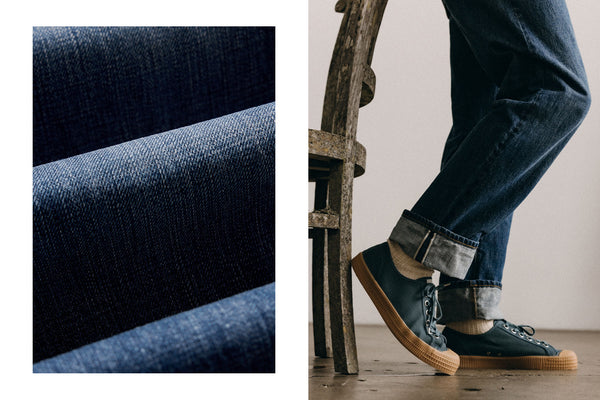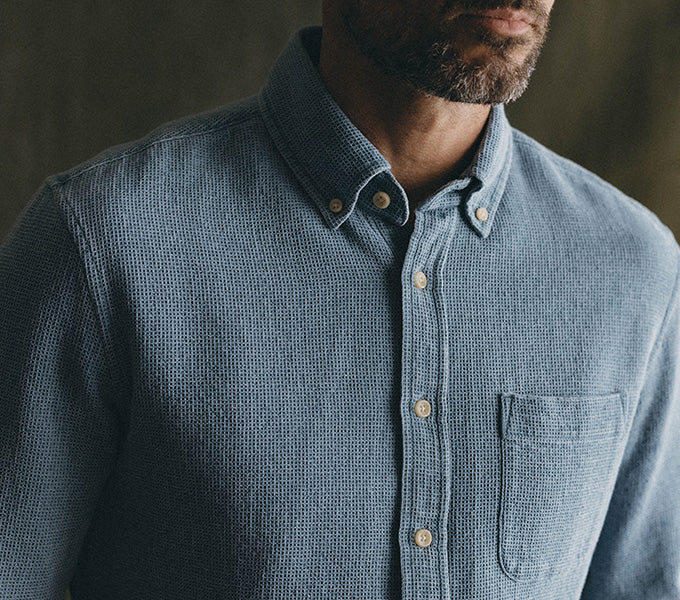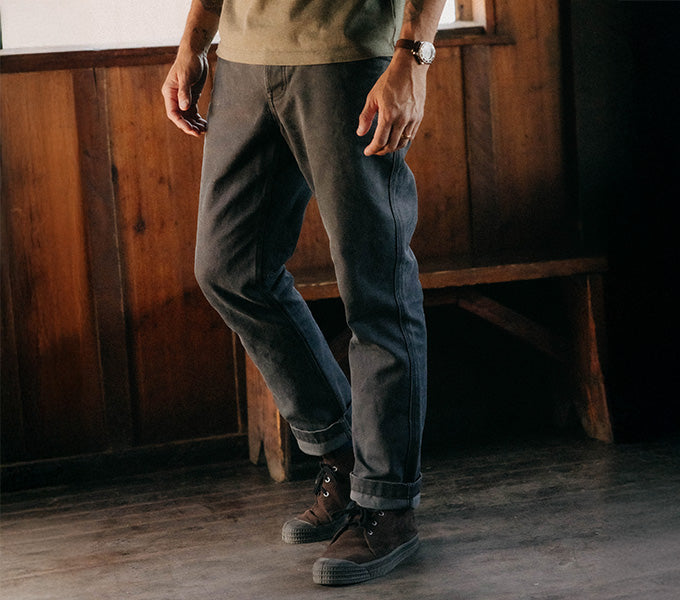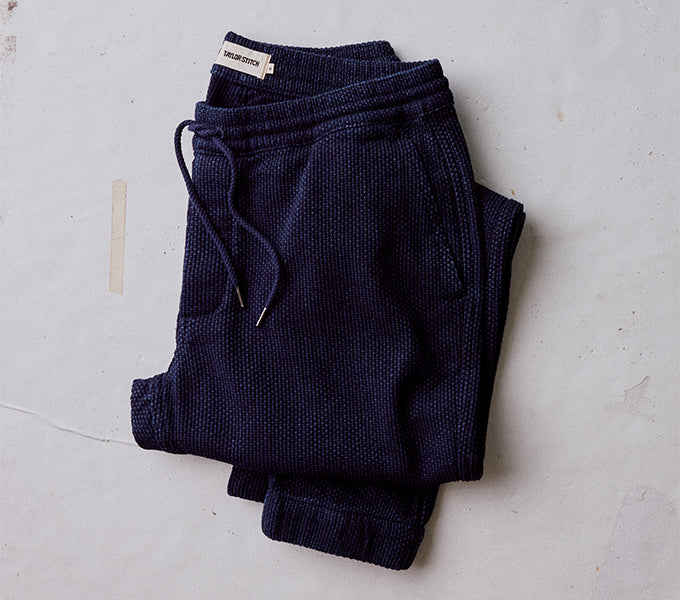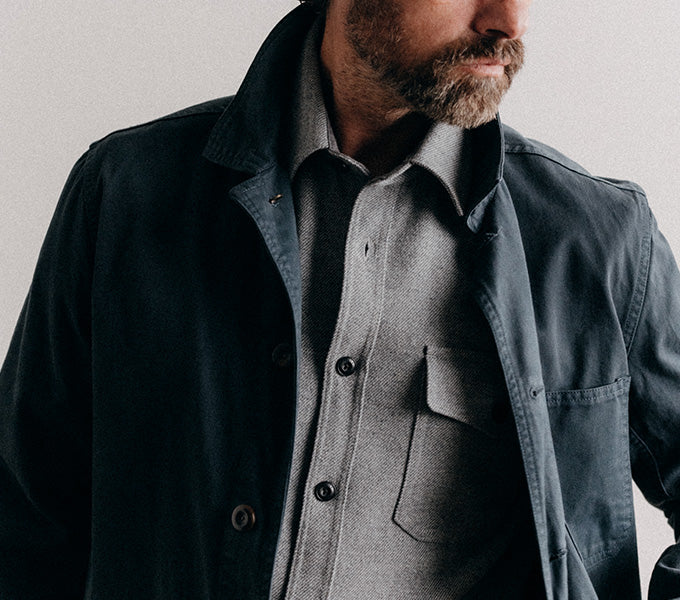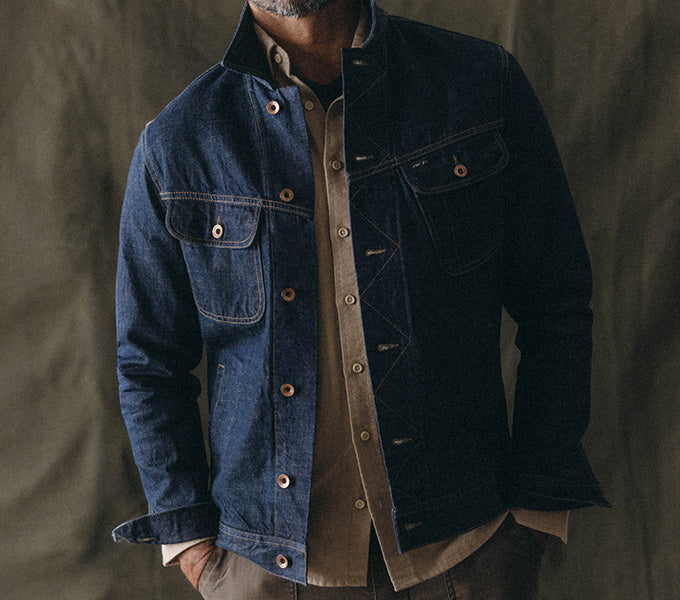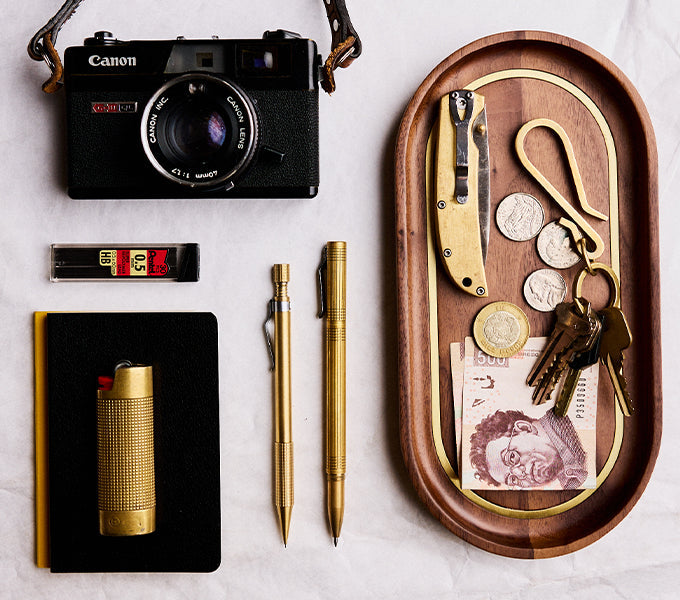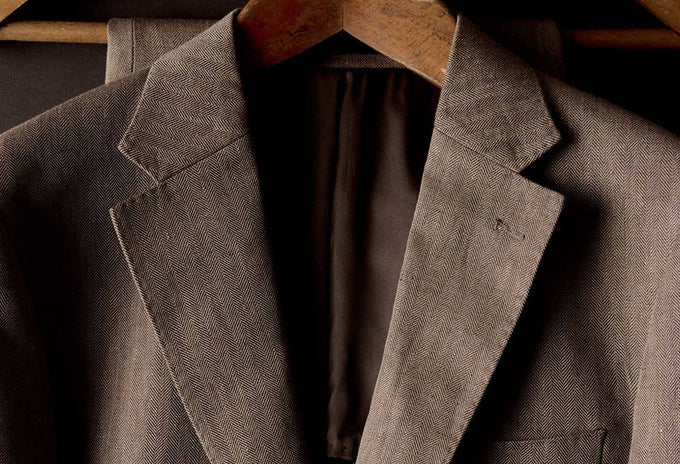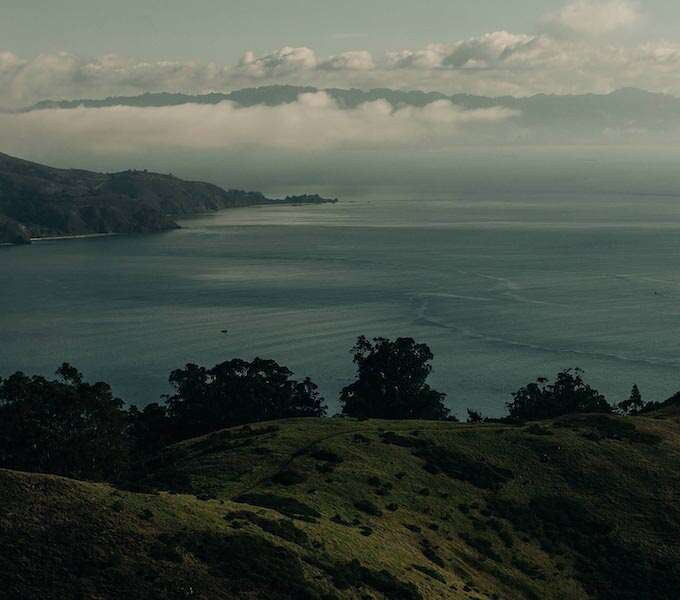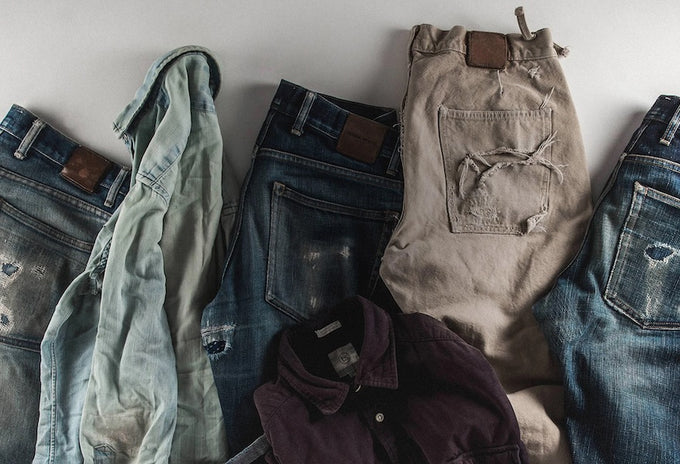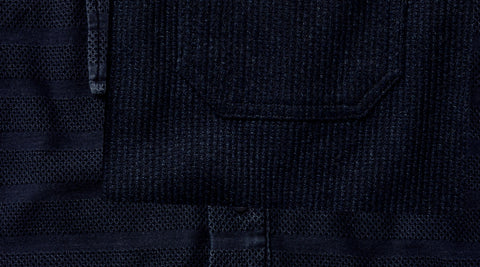For centuries, indigo has carried the marks, fades, and wear of honest work. Whether stamped into the folds of a French bleu de travail chore jacket, the weather-softened cotton of Japan’s Edo-period laborers, or the durable denim and chambray of American tradesmen, the story remains consistent: blue is the color of toil.
That common thread, stretched across oceans and cultures, speaks to indigo’s place in the collective subconscious. It is a hue that lends itself to the hardy fabrics underpinning a history of global industry, and its characteristic fades are as synonymous with the world of workwear today as they were hundreds of years ago.
Japan: Class Colors
In Edo-period Japan (1603–1868), the color of your clothes wasn’t just a matter of taste—it was a demarcation of social rank. Bright, expensive dyes like safflower red or persimmon orange were reserved for the upper classes, while commoners were often restricted to the readily available shades derived from natural indigo.
Far from a compromise, the traditional practice of indigo dyeing, known as aizome, carried with it many practical advantages for everyday wear. The fermented scent of indigo dye served as a natural insect-repellent and offered antibacterial properties, while the deep blue color was slow to fade under the sun.
In addition to these already attractive characteristics , farmers, craftspeople, and fishermen often bolstered their indigo garments with sashiko stitching—a form of hand-stitched clothing reinforcement and repair—to create everyday armor against the rigors of their trade.
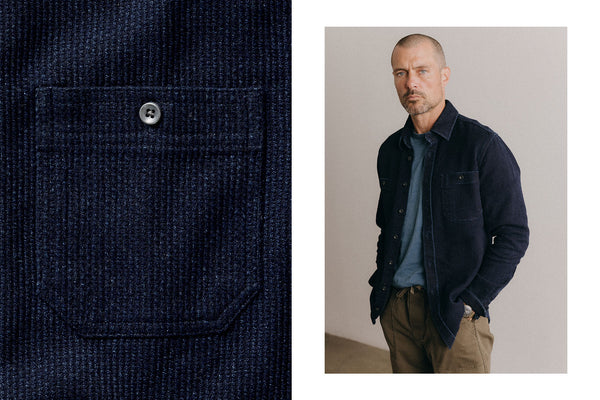
France: Bleu de Travail
Across the world in 19th-century France, a similar story was unfolding. French laborers—factory workers, railwaymen, and artisans—collectively adopted the bleu de travail, a sturdy indigo-dyed cotton chore jacket. The color wasn’t chosen for style, but for function: indigo was affordable, plentiful, and its deep tone masked stains from oil, grease, and grime. Over the years, that utilitarian silhouette evolved into an icon of understated style, finding its way from factory floors to the wardrobes of artists, writers, and designers who admired its honesty and simplicity of design.
If you’ve ever worn a chore jacket, you’ve partaken in the ever evolving history of the original bleu de travail. For a deeper dive into this legendary garment, check out our Journal entry on the history of the chore coat.
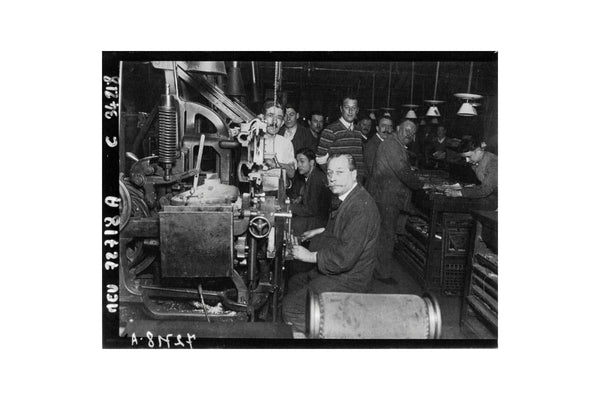
America: From Workshop to World Stage
By the 19th century, indigo was already weaving its way into the fabric of American working life. Indigo-dyed chambray shirts were becoming a ubiquitous staple amongst mechanics, railroad workers, and naval crews, prized for their light weight, durability, and ability to conceal dirt. By the early 20th century, chambray had become so tightly associated with manual labor as to birth the term “blue collar” as a shorthand for the working class.
At the same time, heavy cotton coveralls were hard at work protecting miners, machinists, and farmhands, eventually giving way to “waist overalls” (later called dungarees) and, in time, the five-pocket jeans we recognize today.
As American industry surged, so did the visibility of its uniforms. Indigo workwear became a visual shorthand for grit, utility, and the American mythos of self-reliance. By the mid-20th century, utilitarian garb began crossing over into everyday life, embraced by everyone from Hollywood actors to subcultural youth movements. In the process, American indigo workwear transformed from a regional necessity into a global symbol of effort, independence, and enduring style.
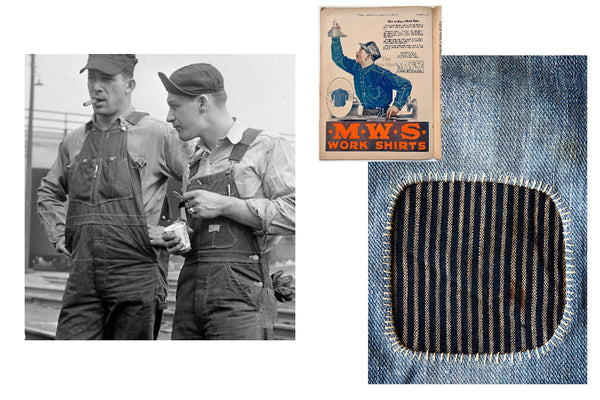
Indigo Today
While most of us no longer wear chore jackets to the factory or hand-mend cotton garments for another season in the fields, indigo remains inseparable from the concept of utility and craftsmanship. Its range of character-rich colors, its capacity to age with grace, and its long lineage in the hands of makers across the globe give it a timeless appeal. A well-worn trucker jacket, a pair of selvedge denim jeans, a perfectly broken-in chore coat — these pieces are more than wardrobe staples; they’re part of an unbroken tradition connecting us to centuries of working hands.
From Japanese fishing villages to the American frontier, indigo has always been the color of getting things done. That history still resonates today, be it conscious or unconscious, and it’s why indigo will always feel at home in the world of workwear.
